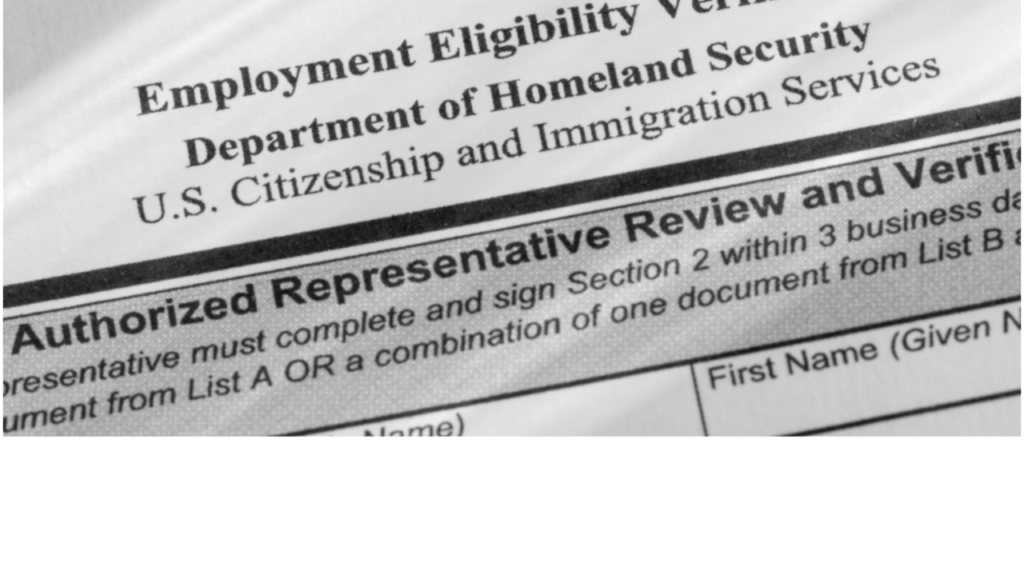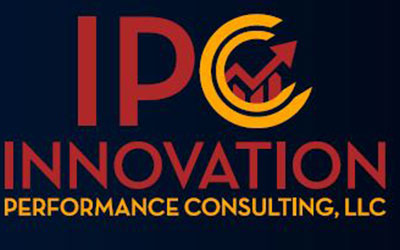
With penalties for I-9 violations reaching up to $28,423 per unauthorized worker for repeat offenses, compliance is no longer just a box to check—it’s essential for protecting your organization. Agencies like U.S. Immigration and Customs Enforcement (ICE) have ramped up enforcement efforts, putting employers under increased scrutiny. Staying ahead of these regulations isn’t optional; it’s a smart move to avoid hefty fines and disruptions to your workforce.
Recent updates, like the streamlined Form I-9 and new rules for remote verification, aim to simplify the process. But let’s be honest—these changes also bring new challenges. It’s easy to make minor errors, but even those can lead to significant penalties. Employers must navigate these complexities carefully, balancing compliance with operational efficiency.
Why Employment Verification Matters
Form I-9 and E-Verify aren’t just bureaucratic hoops to jump through—they’re critical tools for ensuring compliance with U.S. employment eligibility laws. Form I-9 requires employers to verify an employee’s identity and authorization to work in the U.S. E-Verify, an online system linked to government databases, complements this process by providing real-time confirmation of eligibility. Together, they help employers comply with the Immigration Reform and Control Act (IRCA), reducing the risk of unauthorized employment.
While E-Verify is optional in many states, Florida has raised the bar. As of July 1, 2023, private and public employers with 25 or more employees must use E-Verify for all new hires. This mandate highlights the growing importance of employment verification at both the state and federal levels.
Common Pitfalls and Best Practices
Let’s face it: managing I-9 forms is often trickier than it looks. Employees are required to complete Section 1 on or before their first day, while employers must complete Section 2 within three business days. These steps might seem straightforward, but the details can be a minefield. From using outdated forms to missing reverification deadlines, small missteps can have big consequences.
For smaller organizations, the challenges multiply as the workforce grows. In my experience, investing in a reliable HRIS (Human Resource Information System) is one of the best ways to streamline and automate the process. This ensures timely completion of I-9 forms and secure electronic storage. Plus, it’s a lifesaver for tracking reverification deadlines when employees’ work authorizations are set to expire.
The Real Cost of Non-Compliance
Beyond the steep financial penalties, non-compliance with I-9 regulations can damage an organization’s reputation and disrupt daily operations. To avoid these outcomes, businesses should focus on proactive strategies, including:
• Conducting Regular Internal Audits: Reviewing I-9 forms periodically helps catch errors before an external audit does.
• Training HR Teams: Ensure your team is up to date on the latest requirements, especially when it comes to recognizing valid identification documents.
• Maintaining Proper Storage: I-9 forms must be retained for three years after the hire date or one year after the end of employment, whichever is later. A secure and organized system is essential. These practices demonstrate due diligence and help businesses stay prepared for audits.
Moving Forward: Compliance as a Strategic Priority
Staying compliant with I-9 regulations requires a mix of attention to detail, effective planning, and ongoing education. Start by reviewing your current processes, identifying gaps, and making improvements. Tools like E-Verify and HRIS platforms can make the journey smoother. Most importantly, remember that compliance isn’t just about avoiding penalties—it’s about creating a stable, secure foundation for your workforce.

